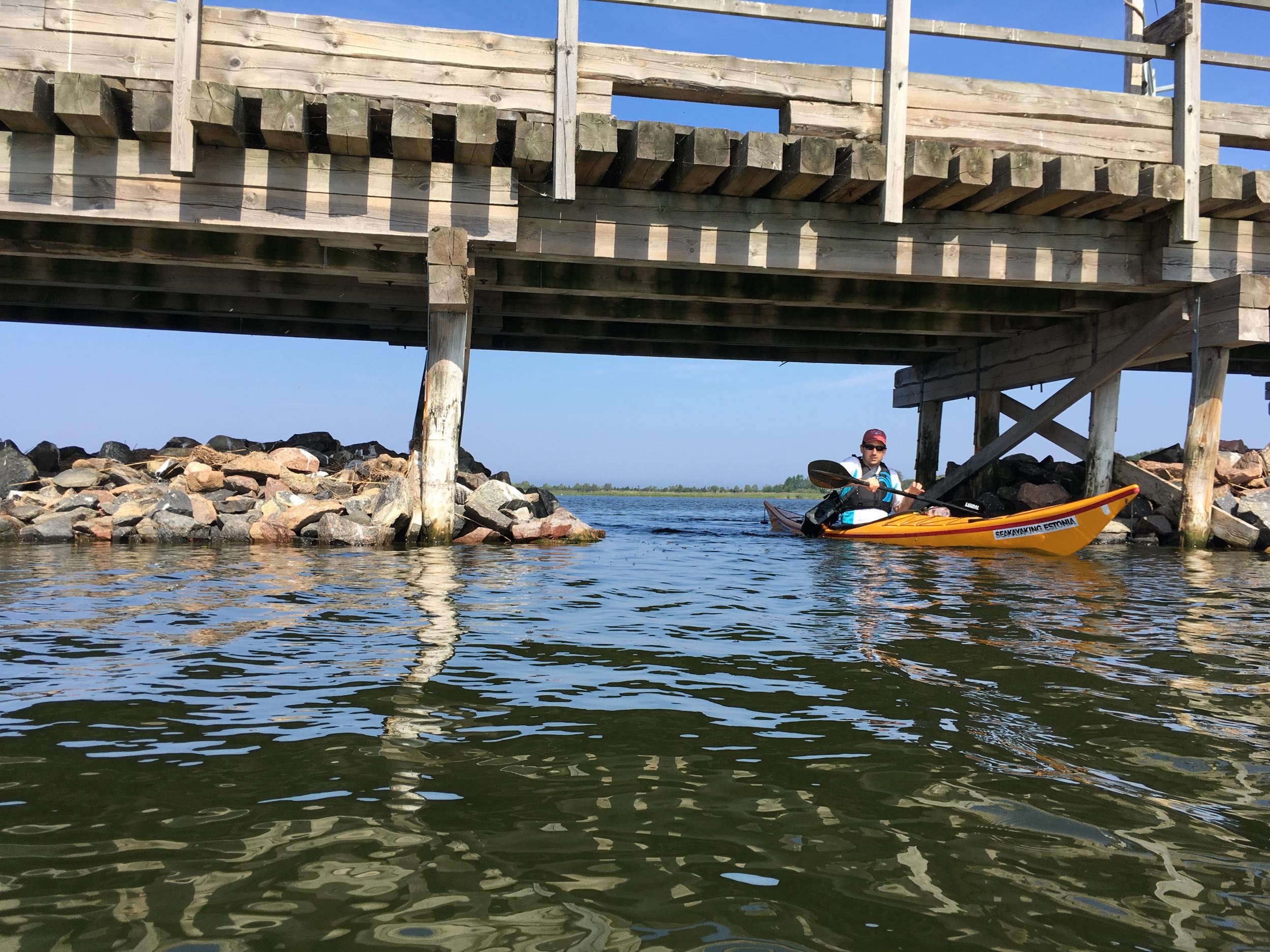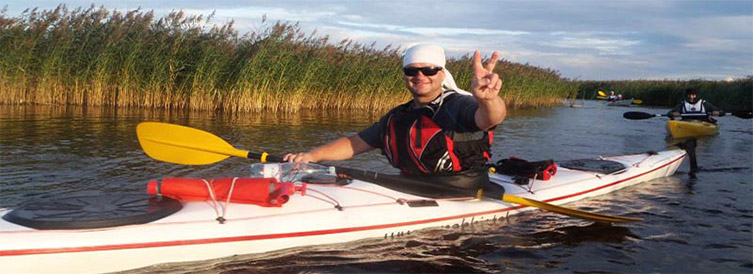

The review also suggests areas for future research into flatwater kayaking performance. Due to the fact that more data have been reported for male competitors than for their female counterparts, the demands of kayaking on male athletes will be the main focus for this review. The present review summarises recent data on anthropometrics, physiological characteristics of successful and unsuccessful kayak athletes and methods of physiological testing. With a number of recent publications, a need for an updated review is necessary. It is the purpose if this review to present the published physiological data relating to men’s and women’s kayaking. Specific research performed examining the physiological demands on kayak paddlers demonstrate high levels of both aerobic power and anaerobic capacity. Furthermore, other factors that affect performance, such as force, power, technique and aerobic fitness, would all provide a valuable insight to the success of the kayak paddler. To approximate the ultimate criterion over these distances, the velocity of the kayak should be measured. In flat-water racing, events are contested over 5 metres. The ultimate criterion of kayak performance is the time taken to paddle a designated competition distance. From a stationary start, paddlers are required to paddle their kayaks with maximal effort along the length of the competing distance. Smith, Richardįlat-water kayaking is one of the best-known competitive canoeing disciplines in Australia and across the European countries. The Metabolic Demands of Kayaking: A Review Acromioclavicular hypertrophy is a common finding in marathon kayakers, but is possibly the result of portaging or a previous injury. These injuries are the result of secondary impingement factors associated with overuse, possibly specific to kayakers, and not the result of bony restrictions around the shoulder joint. Conclusions: Rotator cuff injuries make up a large portion of the injuries seen in marathon kayakers, about twice the number reported for sprint kayakers. Of all the pathoanatomical findings that are reported to predispose to rotator cuff injury, only acromial and clavicular spurs were found to correlate highly with supraspinatus muscle pathology. Kayaker's age, number of years kayaking, and number of races completed did not relate significantly to symptoms or to the presence of an abnormality on MRI scan. MRI showed acromioclavicular hypertrophy, acromial or clavicular spur, supraspinatus tendinitis, and partial tear of the supraspinatus as the most common abnormalities. Results: Thirty subjects were asymptomatic at the time of scanning, and twenty two showed symptoms of pain and/or instability. The relation of clinical symptoms and MRI findings was investigated with respect to kayaker's age, number of years kayaking, and number of marathon races completed. The shoulder was subsequently scanned by magnetic resonance imaging (MRI) in three planes and evaluated for evidence of injury or other abnormality. Their shoulders were examined for range of motion, pain, and stability using a standard set of 10 clinical tests. Methods: Fifty two long distance kayakers completed a questionnaire. Objectives: To determine the prevalence of soft and hard tissue abnormalities and their interrelations in the shoulders of marathon kayakers and to examine the pathoanatomical factors that predispose these athletes to injury.

Shoulder pathoanatomy in marathon kayakers


 0 kommentar(er)
0 kommentar(er)
